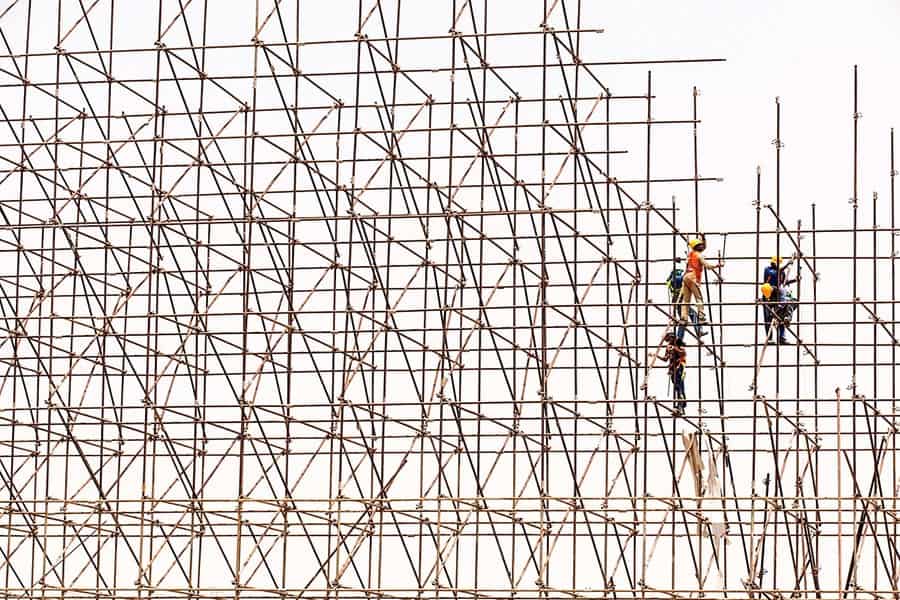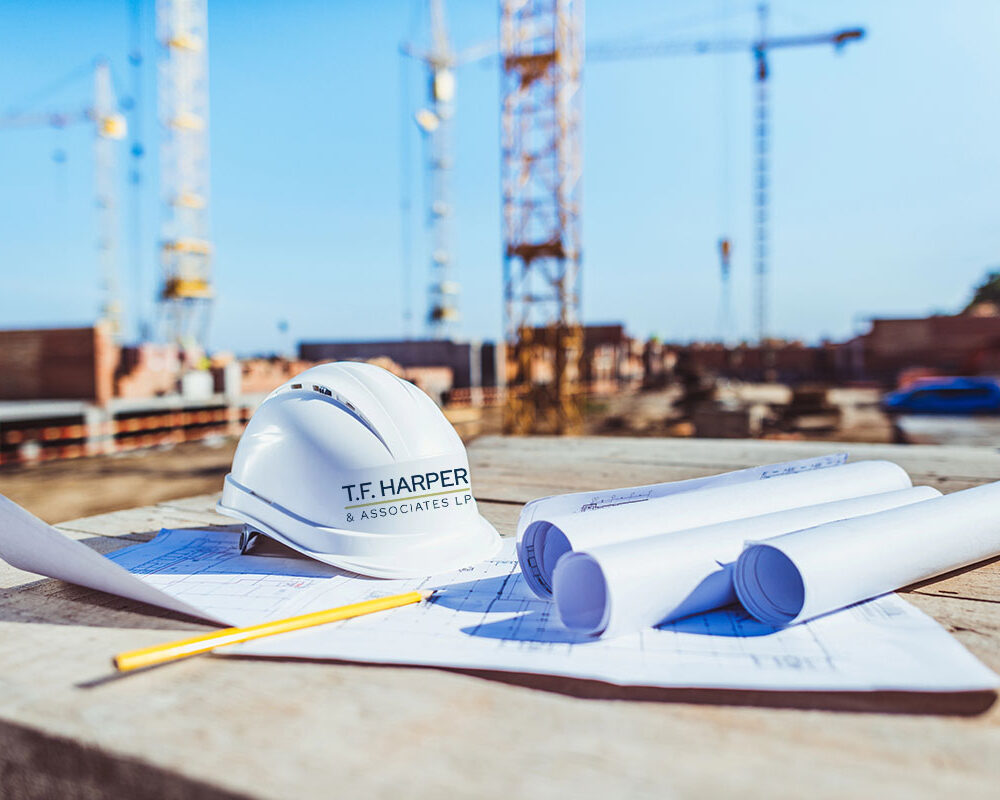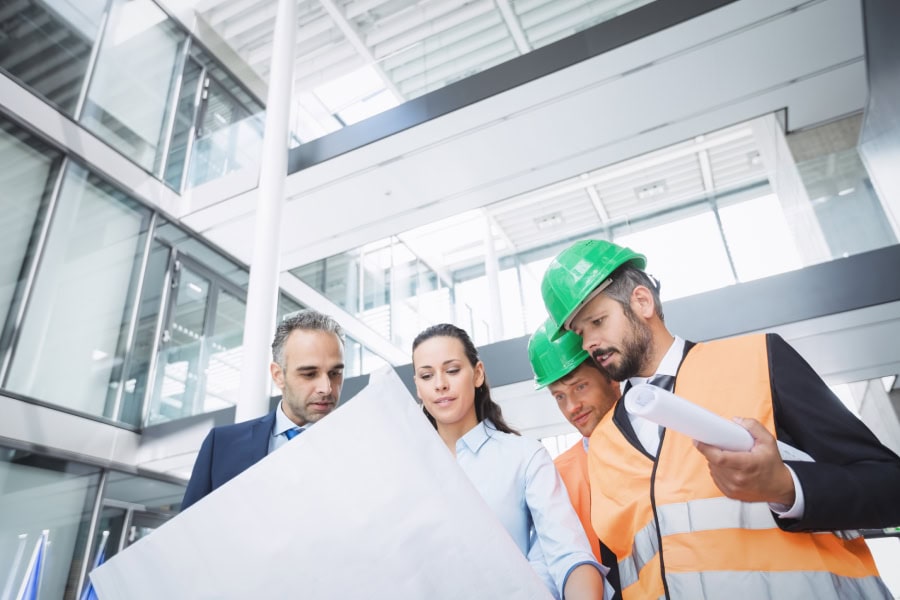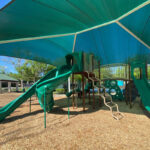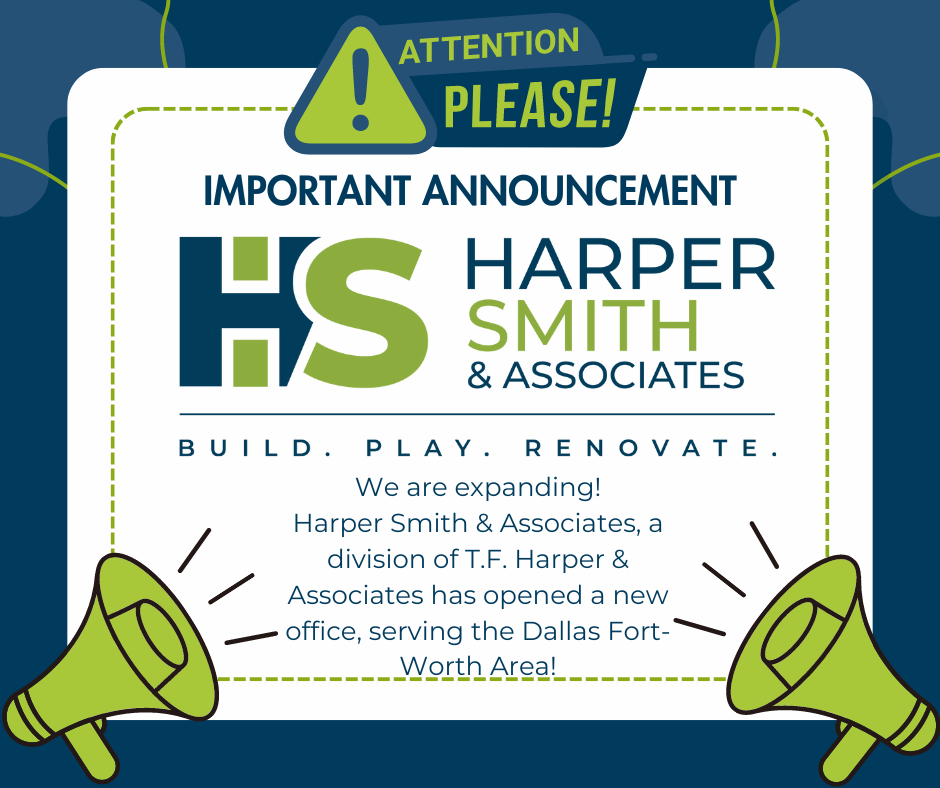As we pointed out in a previous post, the four leading causes of death in the construction industry are falling hazards, electrical hazards, struck-by hazards, and caught in-between hazards, together accounting for nearly 60% of all deaths in the industry. While all four of these categories represent real challenges for the safety of construction workers, far and away the leading cause of death in construction—and in any workplace for that matter—is falling fatalities.
Accounting for nearly 40% of all deaths in construction, falls from high places are the single greatest safety challenge in any industry. Between scaffolds, ladders, cranes, roofs, and all kinds of other dangerous spots construction workers find themselves in, it’s not too surprising that fall fatalities are so prevalent, especially considering that any surface elevated 6 feet or higher is considered dangerous. What can you do to help protect your workers from these risks?
In 2012, the Occupational Safety and Health Administration (OSHA) put together a campaign to help combat falling hazards in the workplace. By planning for the job, providing the right equipment, and training workers, they believe you can help prevent falling fatalities and injuries. Take a look at their recommendations below.
Plan
The first step in OSHA’s safety campaign is simply to consider all hazards that the job ahead poses and PLAN ahead to get the job done safely. If workers will need access to high areas, they’ll need the right equipment to not only complete their jobs, but do so with the least risk of injury or fatality.
Plan ahead by recognizing all the hazards the job ahead will pose for the workers. These may be holes in a roof or skylights in a roofing job, or slippery surfaces in a job site at risk of being rained on. Be sure to factor into the project budget all of the necessary tools the workers will need to overcome these hazards—ladders, scaffolding, personal fall arrest systems (PFAS), etc.
Provide
Once you’ve taken into account the various hazards the job at hand will pose for your workers, the next step is to PROVIDE the right equipment they’ll need to overcome these hazards. Ladders come in a variety of different types for different purposes, and workers will need the right type for the job at hand. Scaffolds, likewise, should be the right height and strength for the job they’ll be used for.
If personal fall arrest systems (PFAS) are used, each worker will need their own harness that fits them properly, and each harness will need an anchor to tie to. Regardless of the type of equipment, it will all need to be regularly inspected by professionals to make sure it’s safe to use.
Train
All the safety equipment in the world won’t be of any help if the workers don’t know how to properly use it. That’s why the last step in OSHA’s Fall Prevention Campaign is to TRAIN everyone to use the equipment safely
. Every worker should be trained to be able to recognize hazards on their own, and be able to set up and use the right equipment to deal with these hazards. Equipment such as ladders, scaffolding, and PFAS can all be very dangerous if used improperly, so workers should all have mastery of these fall-prevention equipment before the job starts.
Construction can be a dangerous industry to work in, but with the right planning, equipment, and training, your workers can be properly equipped to minimize their risk of injury or fatality on the job.

